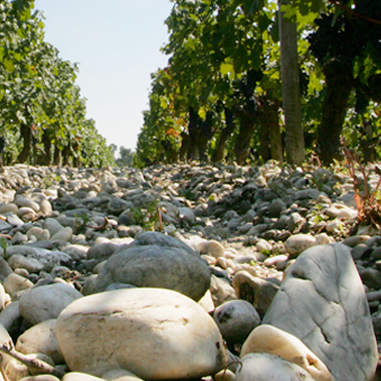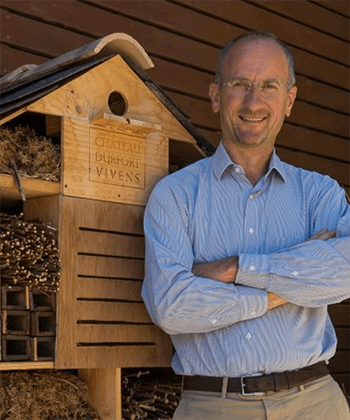
Château Durfort Vivens
The Durfort de Duras family came to Bordeaux in the 14th Century and laid the foundations of today's estate. They also, for a while, owned the near-by Château Lamothe (which went on to become Château Margaux). In 1824 the family sold to a Monsieur de Vivens who added his name to his new property. Under his ownership, Durfort-Vivens was awarded Second Growth status in 1855, a status it has often struggled to live up to. In 1937 the company that owned Château Margaux bought Durfort-Vivens and it was, once again, in common ownership with the villages grandest estate. Indeed, until 1961 when Durfort-Vivens was sold to Lucien Lurton, the wine from Château Durfort Vivens was made at Château Margaux.
The period of Lurton ownership has seen slow steady progress for Durfort-Vivens particularly since Lucien's son Gonzague took over and had a new chai built in the 1990s.
Gonzague decided to take the whole property into organic farming in 2012, and achieved certification in 2016. Following a biodynamic regime, the estate is also certified by Demeter.
AOC appellation : Margaux
Ranking : 2nd Classified Growth in 1855
Surface of the vineyard : 65 hectares of which 55 are vines
Soil : deep gravel from the Quaternary
period (Günz and Mindel) with a
sand/clay matrix
Density : 6600 to 8300 vines/hectare
Vats : wooden, concrete vats and
terracotta jars with capacities that
enable each parcel to be treated
separately.
Barrels : Bordeaux type barrels made of
French oak from the centre of
France. 60 % of new oak
Owner : Gonzague Lurton
Production Manager : Léopold Valentin
Gonzague Lurton has always stayed true to the notion of finesse at his 47ha estate, but with second growth status the wine hasn't always convinced. Since 2009 he has turned to biodynamics, the Cabernet Sauvignon-dominated vineyard being cultivated entirely in that way by 2013, and the wines have found a new vitality. 'I was sceptical before, but tasted some biodynamic wines and found the tension I'd been looking for,' he explains. The progress is evident in 2011, 2012 and 2013, which bodes well for the future. Pricing, too, remains attractive. (One of 'Six châteaux raising their game.) Decanter Magazine (May 2015)

